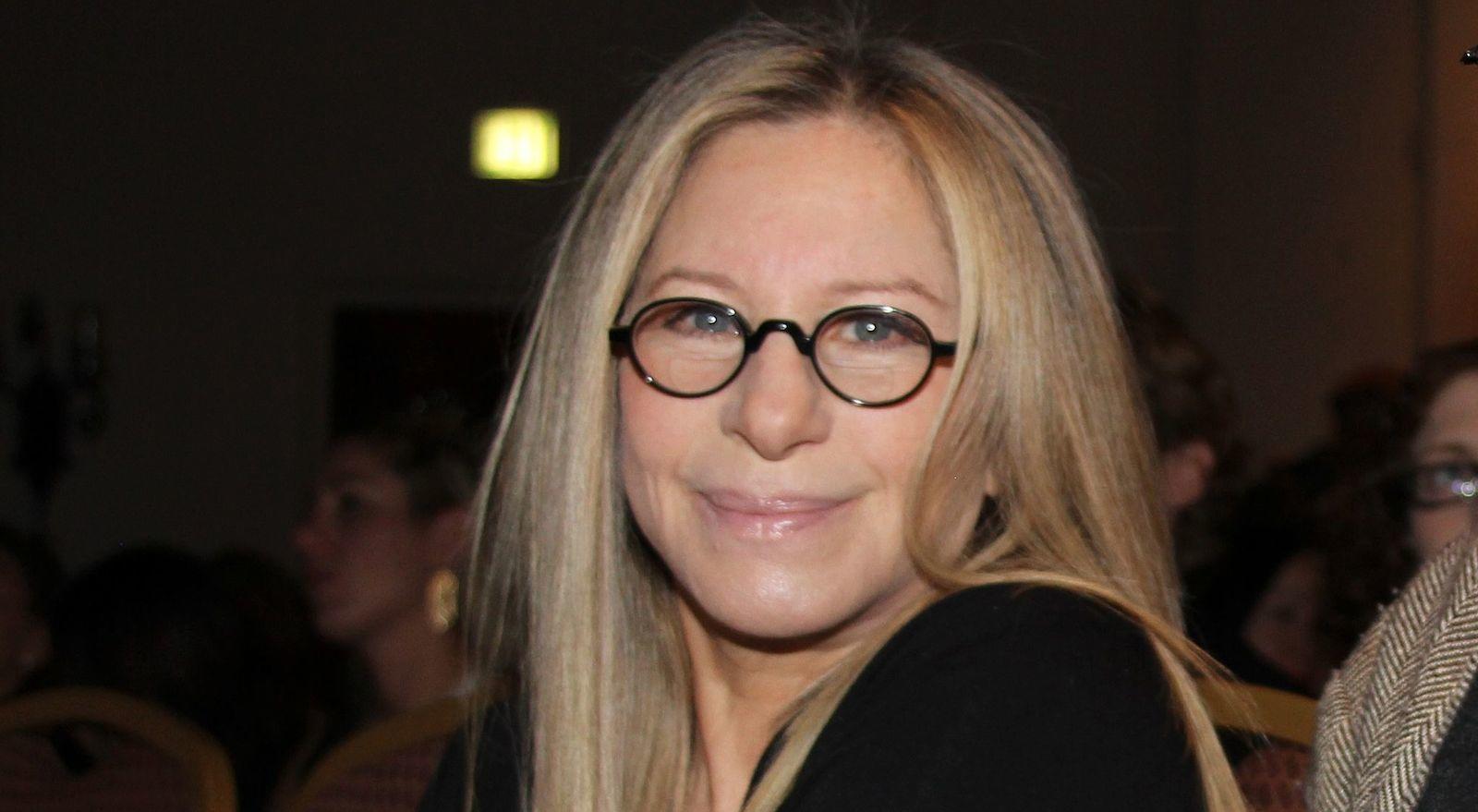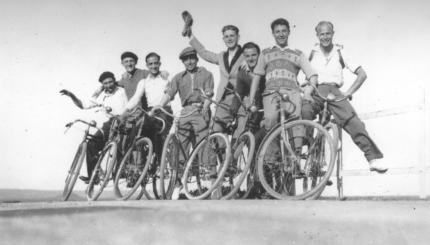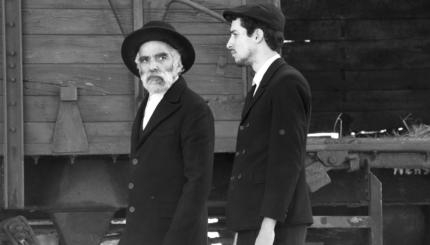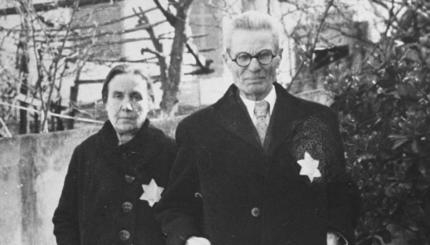American Jews have always walked a fine line between retaining a distinctive national identity and assimilating into the broader culture. Definitions of American Jewish music reflect this delicate balance: The category “American Jewish music” may constitute any music written in America by Jews; music of a particularly religious nature composed for some religious purpose; music that functions as a culturally defining artifact; or some combination of all these.
The contribution of Jews to the production of “mainstream” music in America is of great significance. Broadway singer Al Jolson became a great success in the 1920s; George Gershwin trained as a classical composer and continued to write works in the classical idiom even as he collaborated with his brother Ira in writing some of Broadway’s most memorable and influential music. The Broadway musical Showboat (1927) was written by Jewish composer Jerome Kern, and Americans of all backgrounds adopted it as a nationally defining story, one that dealt with the ever-intensifying issues of race relations and the search for a common American identity.
The contributions of Benny Goodman, Ziggy Elman, and Artie Shaw to the development of the originally African-American idioms of jazz and big band music worked in tandem with the innovations of non-Jewish musicians to develop a truly “American” sound. Simon and Garfunkel made marked contributions to the popularization of American folk music, and Jewish artists like Barbra Streisand and Mel Brooks have helped to shape the face of musical theater and film.
Jewish composers were also essential in defining the sound of American classical music. The most famous of Aaron Copland’s music fuses the sounds of 19th- and early 20th-century American folk music with the symphonic textures of Western art music. Leonard Bernstein was a formidable presence throughout the world of orchestral music and Broadway, as composer and conductor; he brought together various religious and musical elements when, for example, he set both Latin and Hebrew sacred texts in his “Chichester Psalms.”

Help us keep Jewish knowledge accessible to millions of people around the world.
Your donation to My Jewish Learning fuels endless journeys of Jewish discovery. With your help, My Jewish Learning can continue to provide nonstop opportunities for learning, connection and growth.
These expressions of secular music, though, only scratch the surface of the American Jewish artistic experience. Beginning with the early waves of immigration to the United States at the turn of the 20th century, Jews imported and further developed distinct musical sounds, identified as a cultural manifestation of life in the old country and in the tenements of New York. Klezmer, from the Hebrew words kli zemer (“vessel of song”), originated in the Pale of Settlement, the junction of the Ottoman, Austro-Hungarian, and Russian empires, and it arrived in America with the earliest immigrants.
The sounds of klezmer were easily adapted to the Yiddish theater, imported to New York’s Lower East Side from Europe. This counterpart of Broadway shows developed as a cultural expression of and for the Jewish community. As early as the mid-1920s, Yiddish radio stations broadcasted musical programs for their Jewish listeners.
Second-generation American Jews reacted against their parents’ insulated attitudes, and the popularity of klezmer and Yiddish music went into remission. The last few decades, however, have seen a revival of this music. Beginning with the klezmorim (klezmer musicians) of the mid-1970s, the klezmer revival represents a return to tradition and a search for spirituality. Popular figures like Andy Statman have allowed the klezmer movement to expand, to include new instruments and sounds suited to modern audiences.
At the same time, American Jewish music has seen the birth of new genres. As Jews have become more comfortable asserting their religious and cultural identity, Jewish musicians have adopted influences of American folk and rock music. The work of artists like Debbie Friedman uses largely acoustic folk sounds infused with Jewish lyrics and ideas. The band Safam (Hebrew for “moustache”) employs sounds as diverse as cantorial music and popular rock to convey messages of political and religious import. Shlock Rock adapts extant popular songs by artists from Bruce Springsteen to the Beatles, remaking them with lyrics on Jewish themes.
Contemporary Jewish music often draws on and overlaps with elements of liturgy, both in melody and in text. The work of Shlomo Carlebach, heavily influenced by folk music, is used both inside and outside the context of ritual. And students on college campuses have adapted the secular genre of a cappella and glee club song for music with Jewish words and themes.



